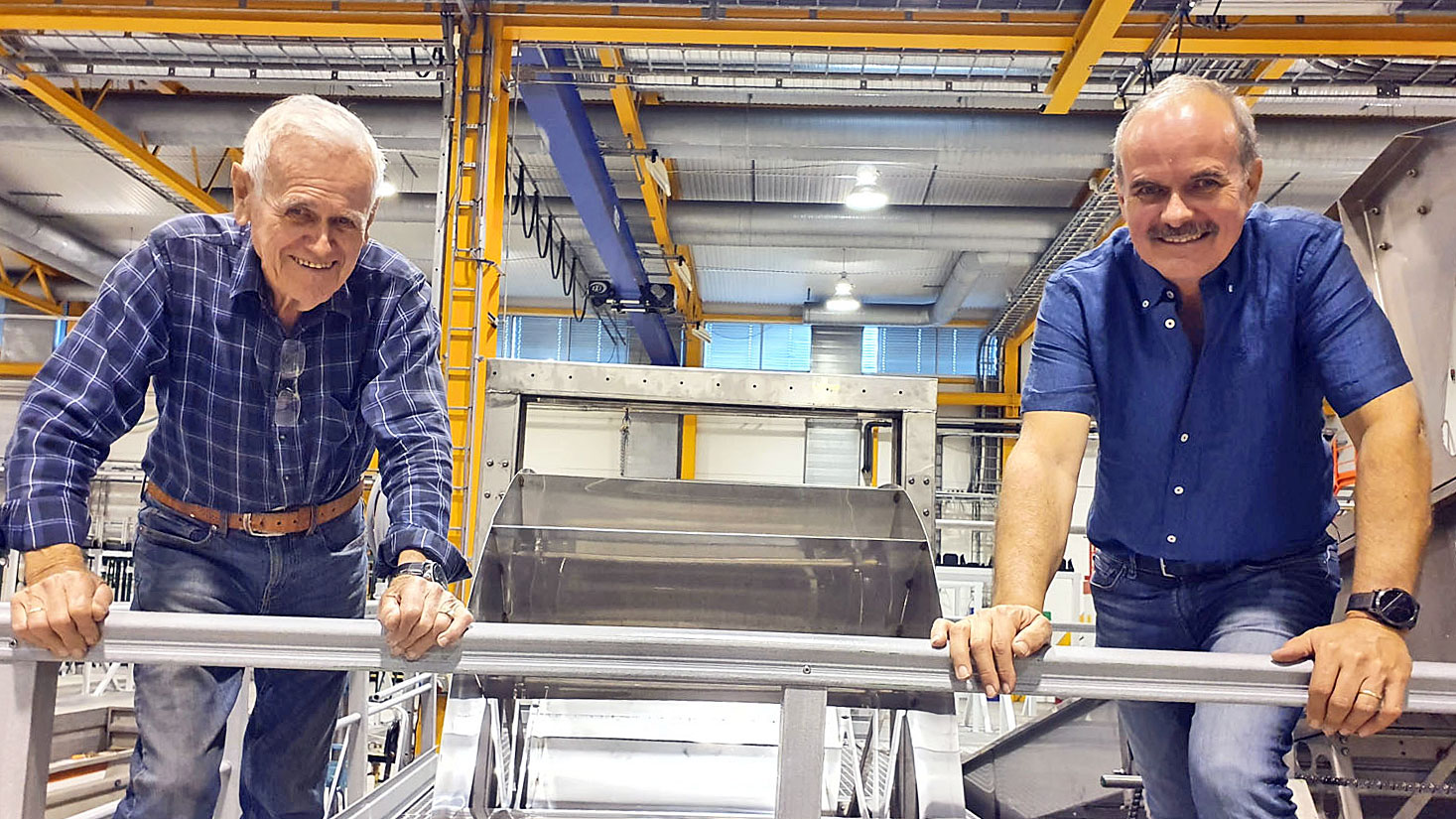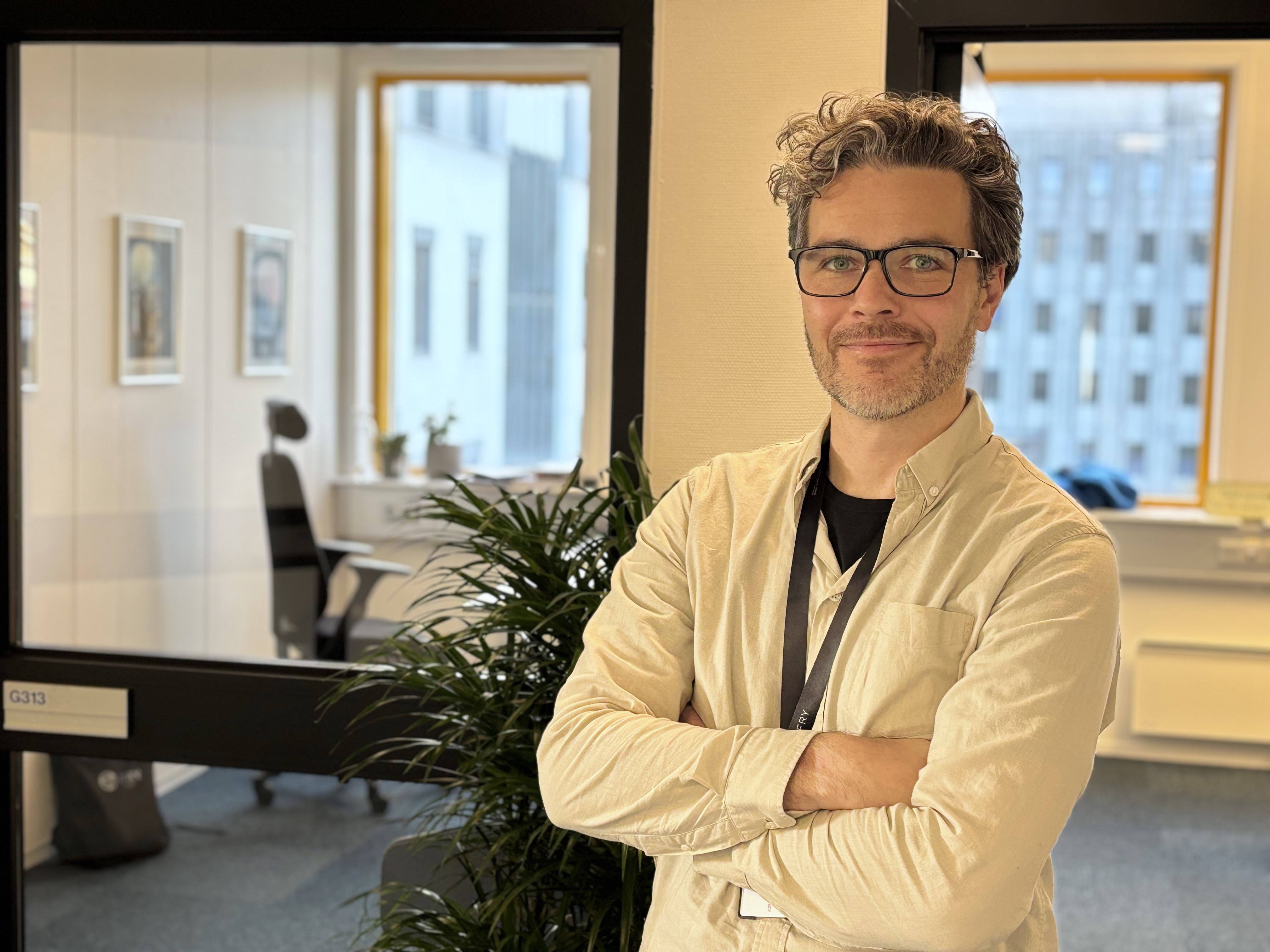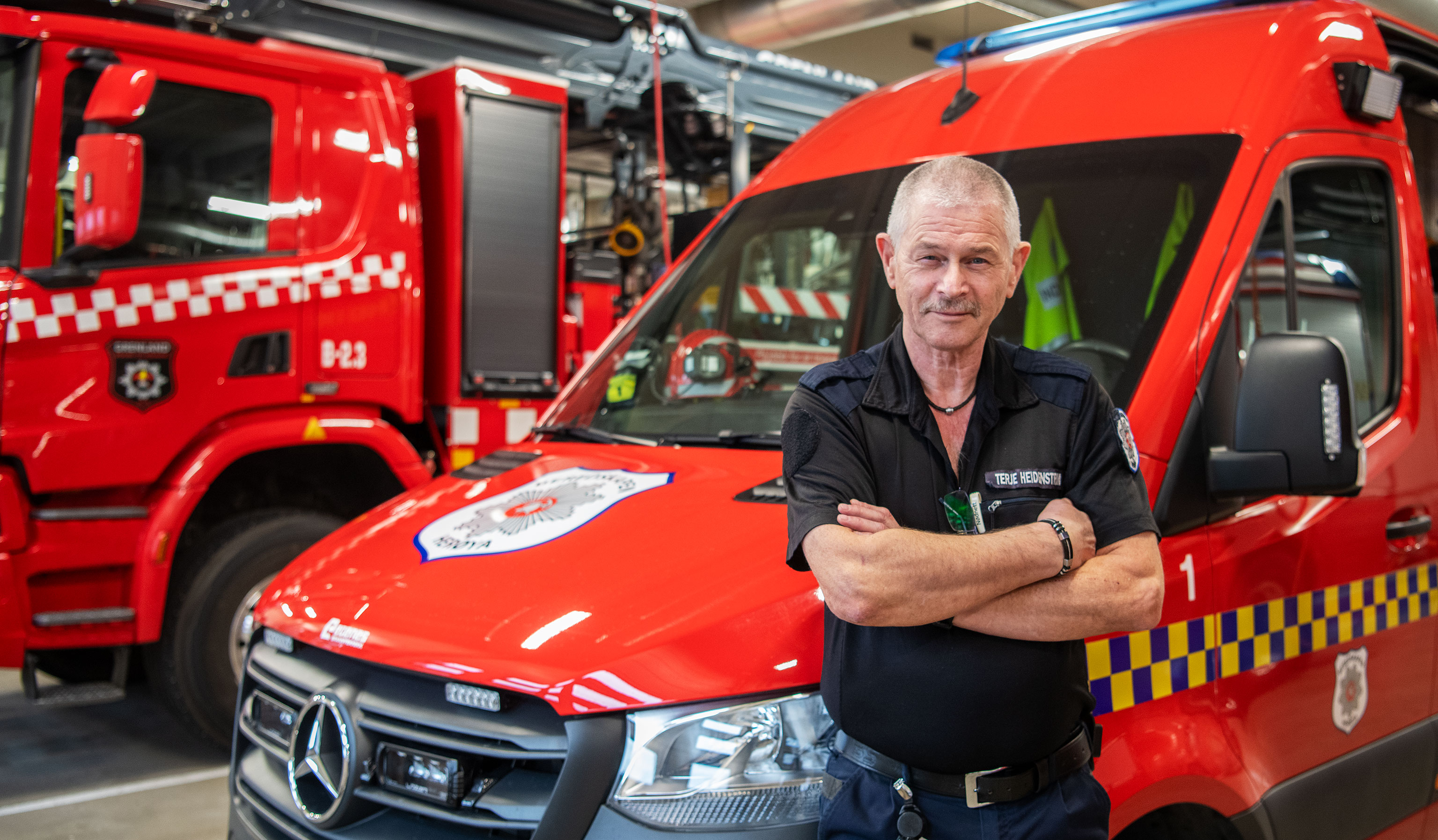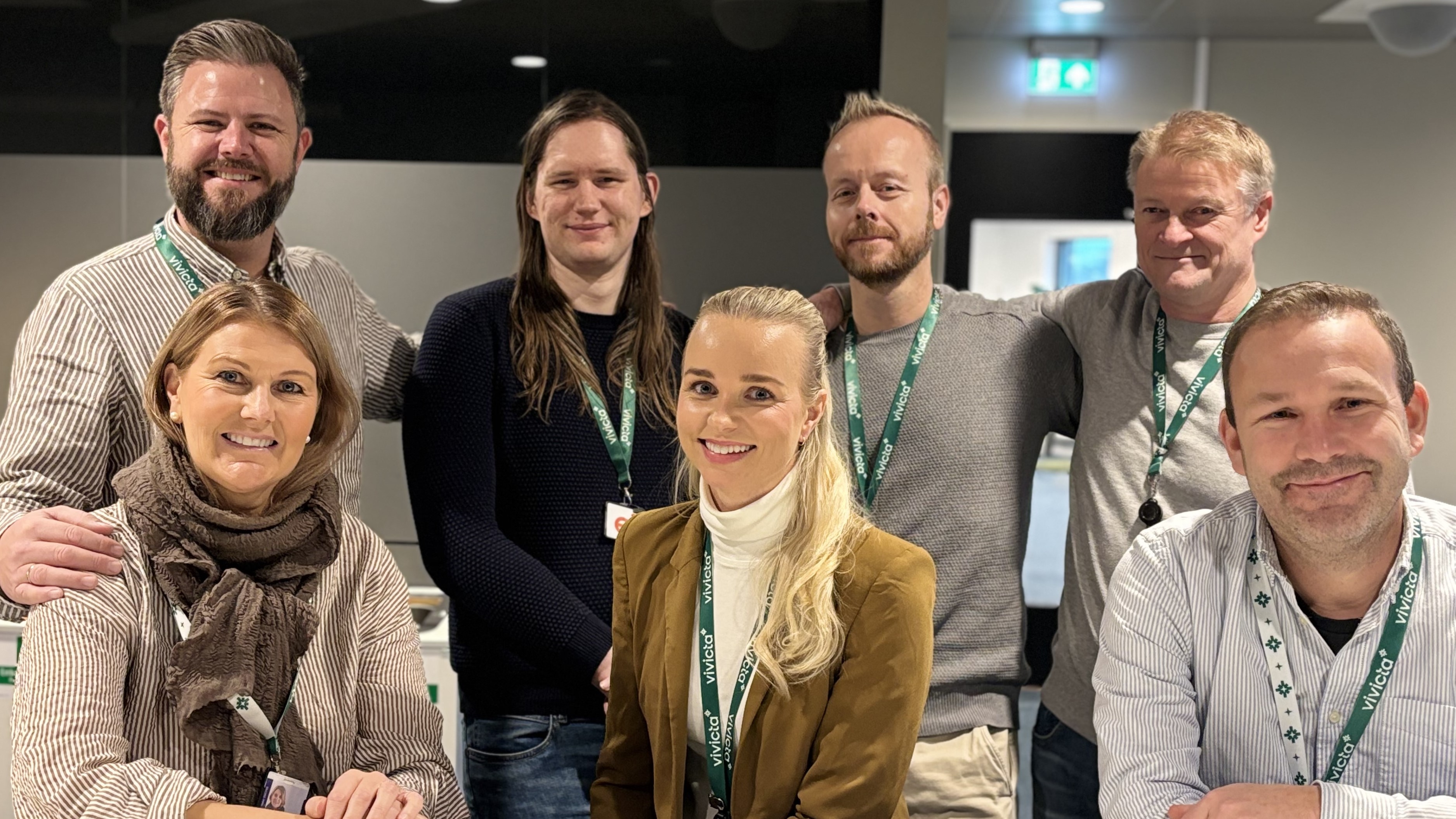Now the Sweeper raft is being prepared for a test drive on a river near Skien.
Sweeper is the first prototype built to collect plastic waste from rivers. It is based on Lønnerød’s idea, which has matured over several years and gone through countless blueprints.
Local community project for the world
"The idea is primarily that this project is a type of community project that benefits the whole world”, says founder Dag Lønnerød, delighted and a little tired after what's been a hectic summer. "I now have around 30 companies and several foundations supporting me," he says proudly.
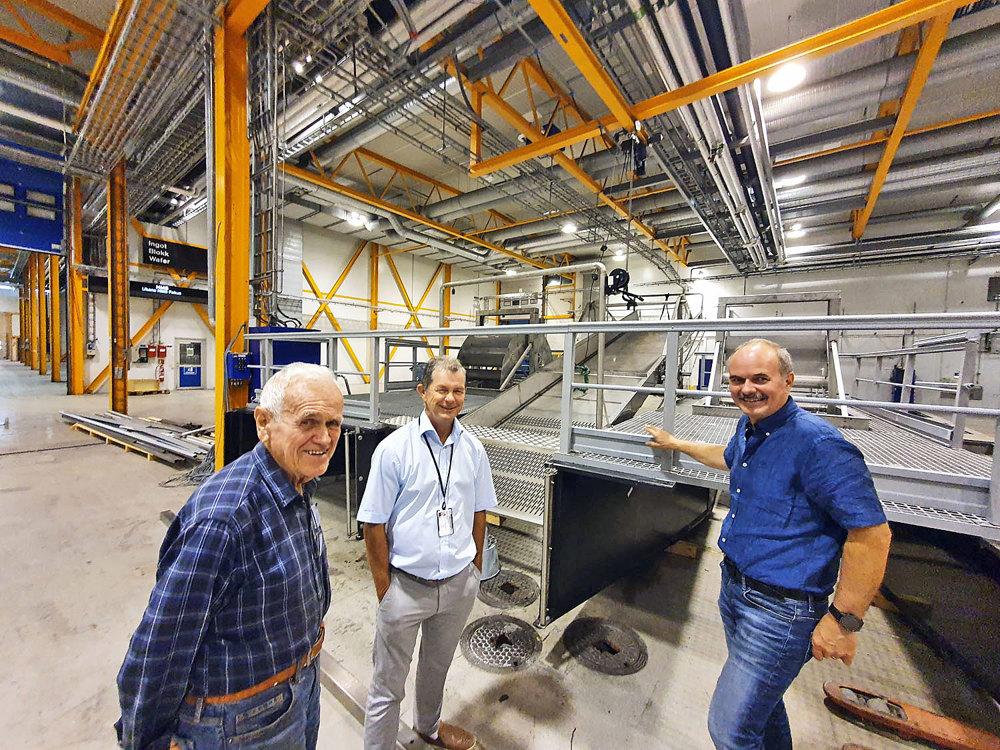
Lønnerød lists 15 people, spanning family members, engineering friends, GREP, machining company Ebitech and more in the Herøya community along with Herøya Industripark AS, all of whom have contributed to the community project. Almost 70 percent of the companies involved are local. Together they have contributed materials such as steel, railings, plastic, as well as affordable rent and engineering in the industrial hall at Herøya.
Tested on river in Skien
Sweeper will be tested on a river in Skien during the autumn.
"The goal is to check that the raft works. It is built to be operated mechanically, with as little high-tech as possible for ease of use and maintenance," explains Lønnerød.
The river current spins two paddle wheels that drive the belt chains where the plastic waste is sluiced in.
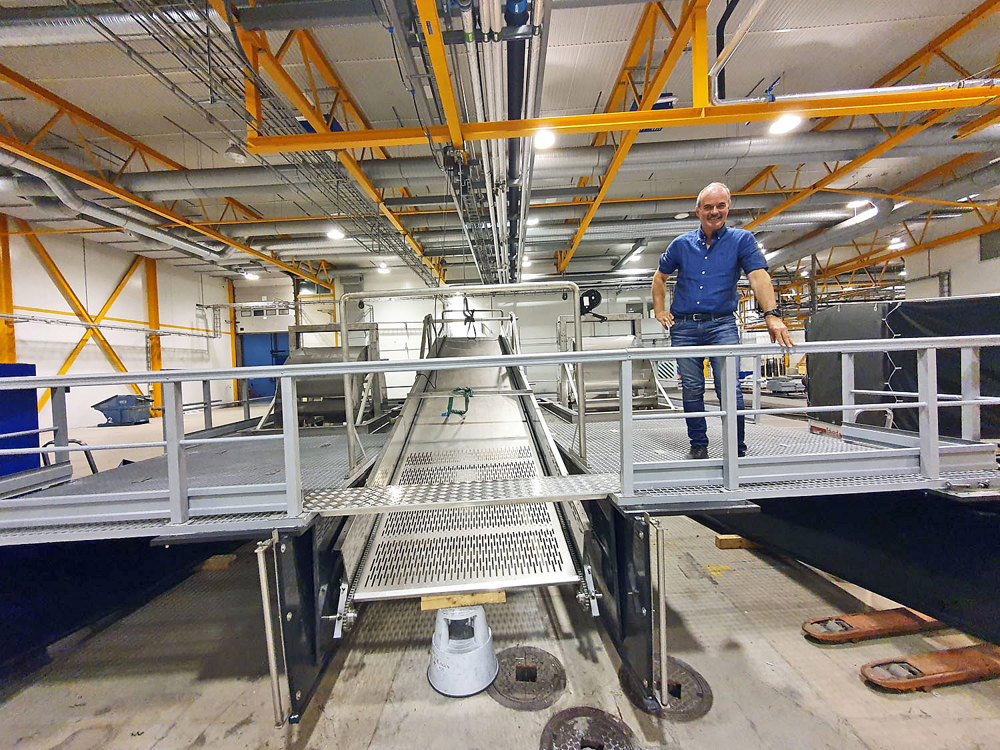
"I want people to think of the Sweeper as a “tractor” - 100% reliable and easy to maintain. This is also a request that has come up in the customer meetings we have had. As the plastic raft is to be operated in countries that are less technologically advanced, this is a major advantage."
Dream customer
"Who is your dream customer"?
"My dream customer could be WWF, environmental organisations or large corporations that want to contribute to the global community. I dream of Coca-Cola. If I can get them to buy x number of Sweepers, then we have a real industrial opportunity." 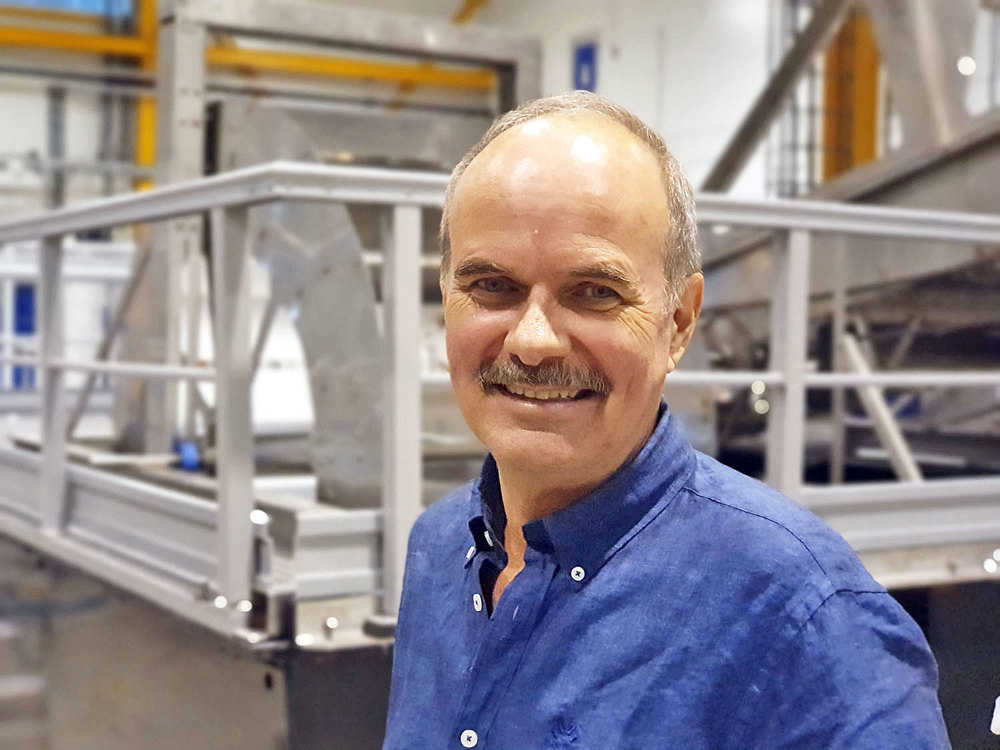
"The road to turning this into an industrial product is not that long,” says Lønnerød. "But Coca Cola, and others like them don't buy Power Points, they want to see Sweeper in action. That’s what we’re going to show them by getting it on the river."
Stopping plastic waste in the ocean
Plastic waste in the ocean has set off alarm bells all around the world. And 90% of all plastic that flows into the ocean comes from around 10 rivers, scientists say.
“The aim for Sweeper is of course that it becomes superfluous, but right now it is a much needed tool,” says Lønnerød. The majority of the plastic waste that flows into the sea comes from a few large rivers in Asia and Africa, but there's also plastic waste in the Telemark channel, especially in spring and during flood season.
"Once the plastic flows into the ocean, it’s too late. Here the plastic is broken down by the sun, algae grows on it and the plastic sinks to the bottom," he explains. "Then it's hard to collect. Plastic debris needs to be removed from the rivers before it reaches the sea. Only then can we stop plastic pollution in the ocean."
Disire to help
Asgeir Knutsen, business developer at Herøya Industripark AS, has offered to contribute further.
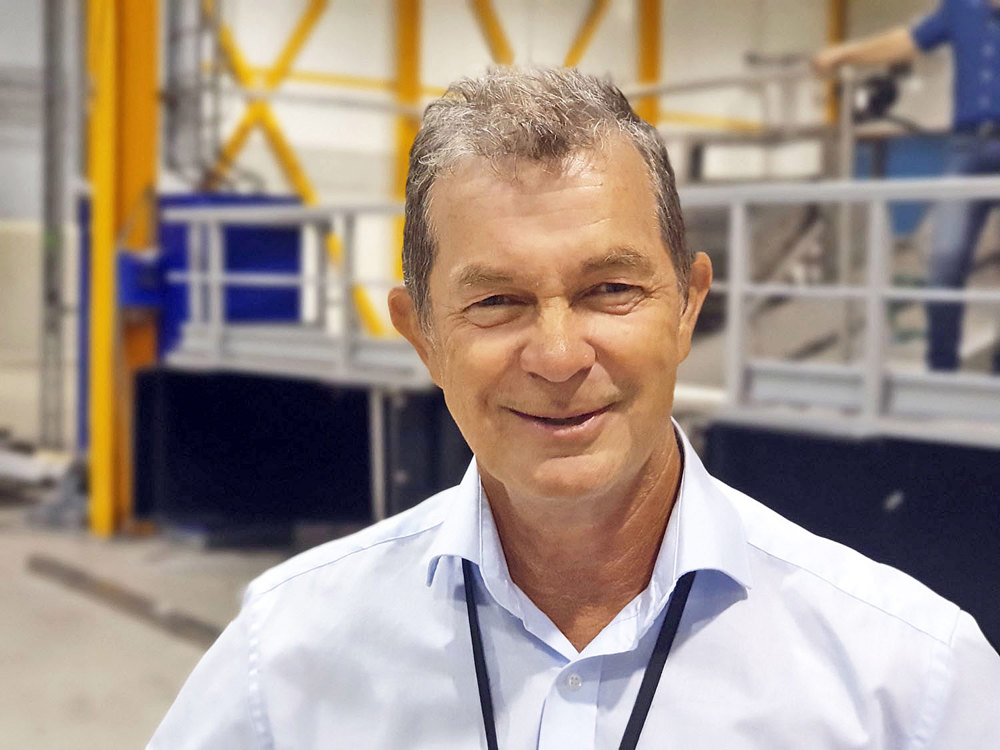
“I support entrepreneurs who create their own products" he says. "Making products such as this one is not our forte here in Grenland. Creating new value is exciting and important. With the right investment, it's easy to see the many business opportunities this product could bring.This is what both I, Herøya Industripark AS and our network want to support."
08. September 2022

